Hyper Edohaku:
Meiji Ginza Edition
2023.04.26 Release
Hyper Edohaku:
The Edo-Tokyo Museum App
Journey Back in Time
to the Birth ofModern Tokyo
A new version of Hyper Edohaku, the Edo-Tokyo Museum’s popular interactive phone app, is now available.
Take a journey back in time to Ginza during the Meiji period, when Japan experienced rapid Westernization, and discover the birth of modern Japanese culture and customs.
In 1868, the Edo period came to an end, bringing to a close more than two and a half centuries of rule by the Tokugawa shoguns. The city formerly known as Edo now became Tokyo and the curtain rose on the Meiji period: the era of Japanese modernization.
Japan began to import a wide array of ideas, technologies, values, and culture from the West, quickly developing into a modern nation-state. With this app, experience the rapidly changing city and lives of ordinary people during this time, as told through the story of one family.
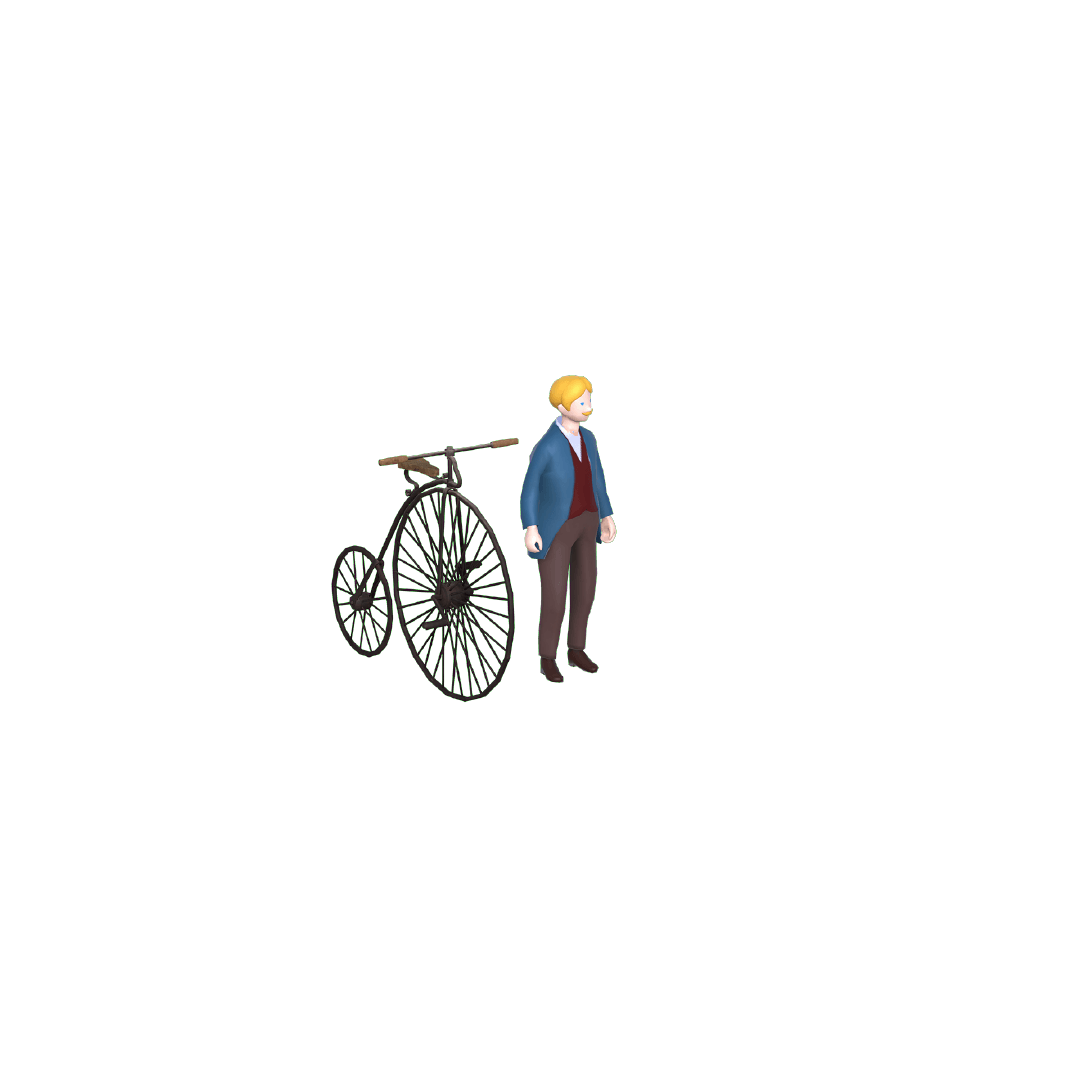


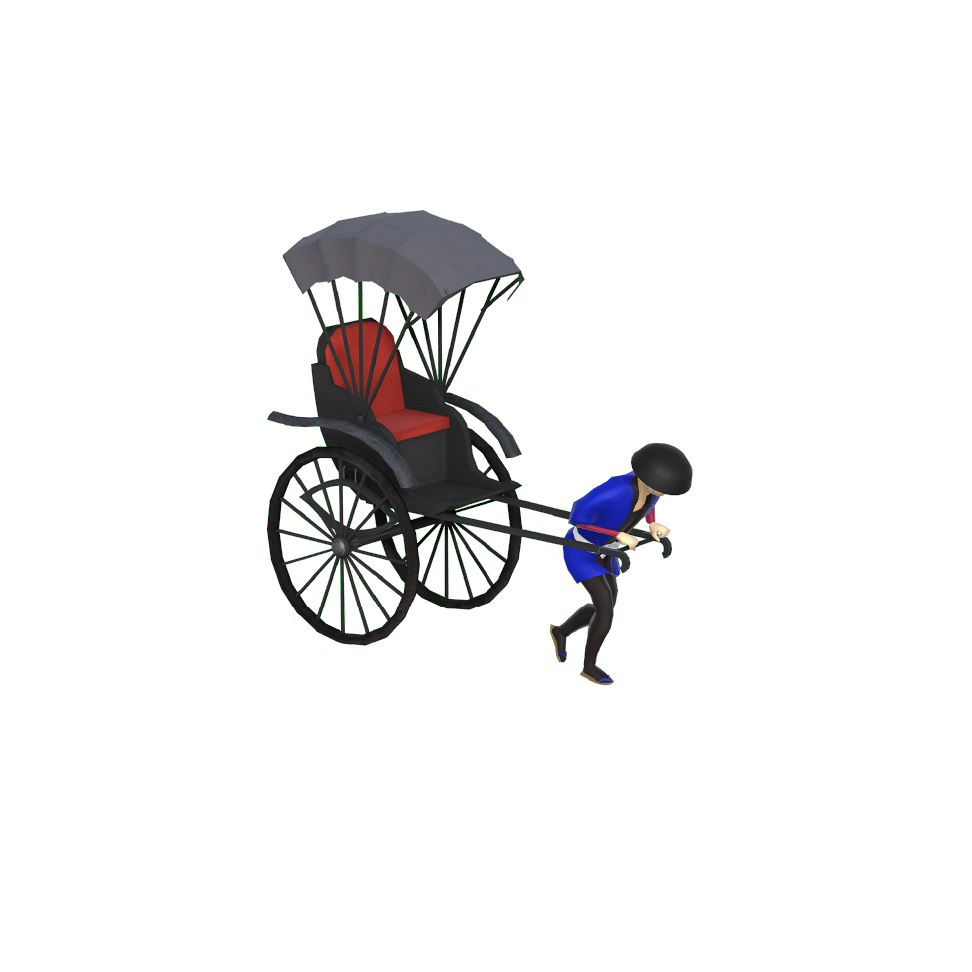
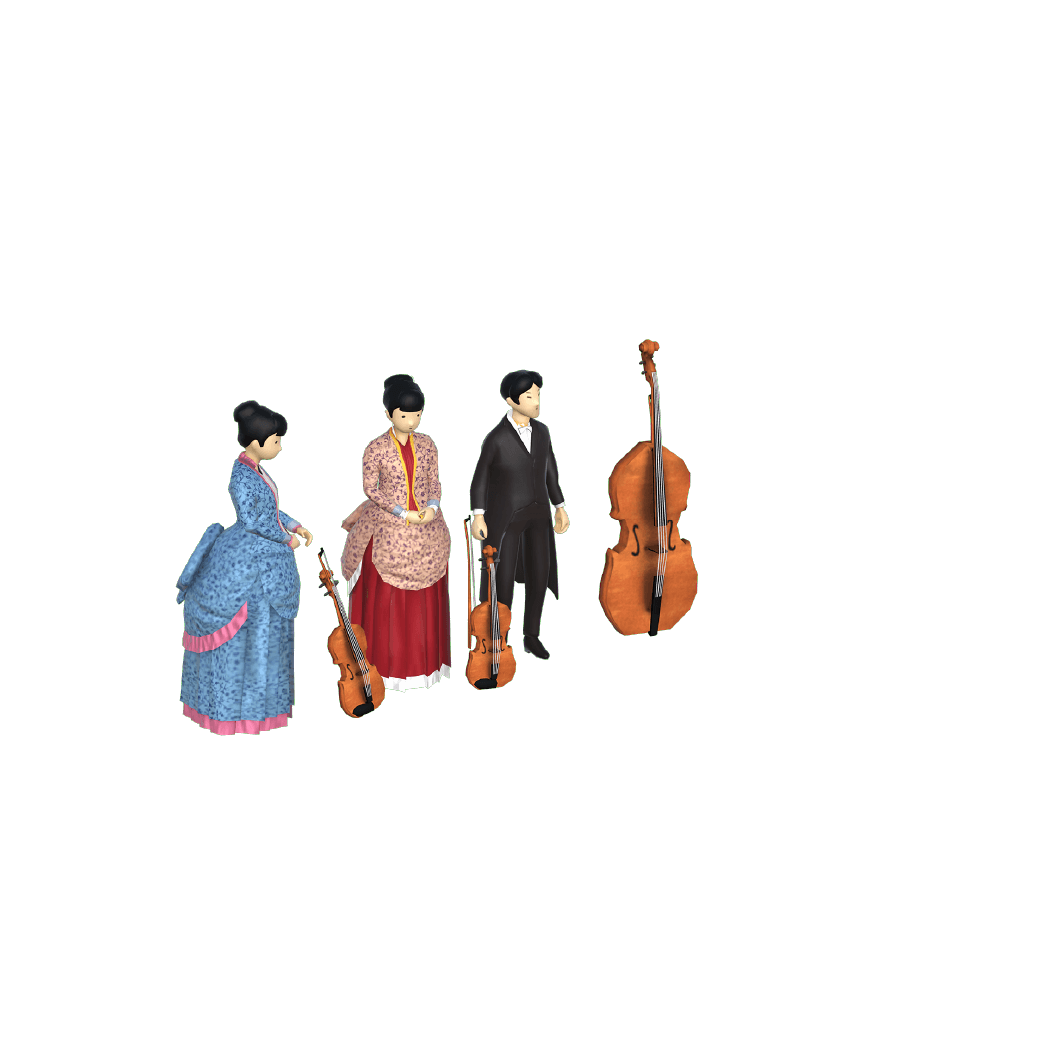
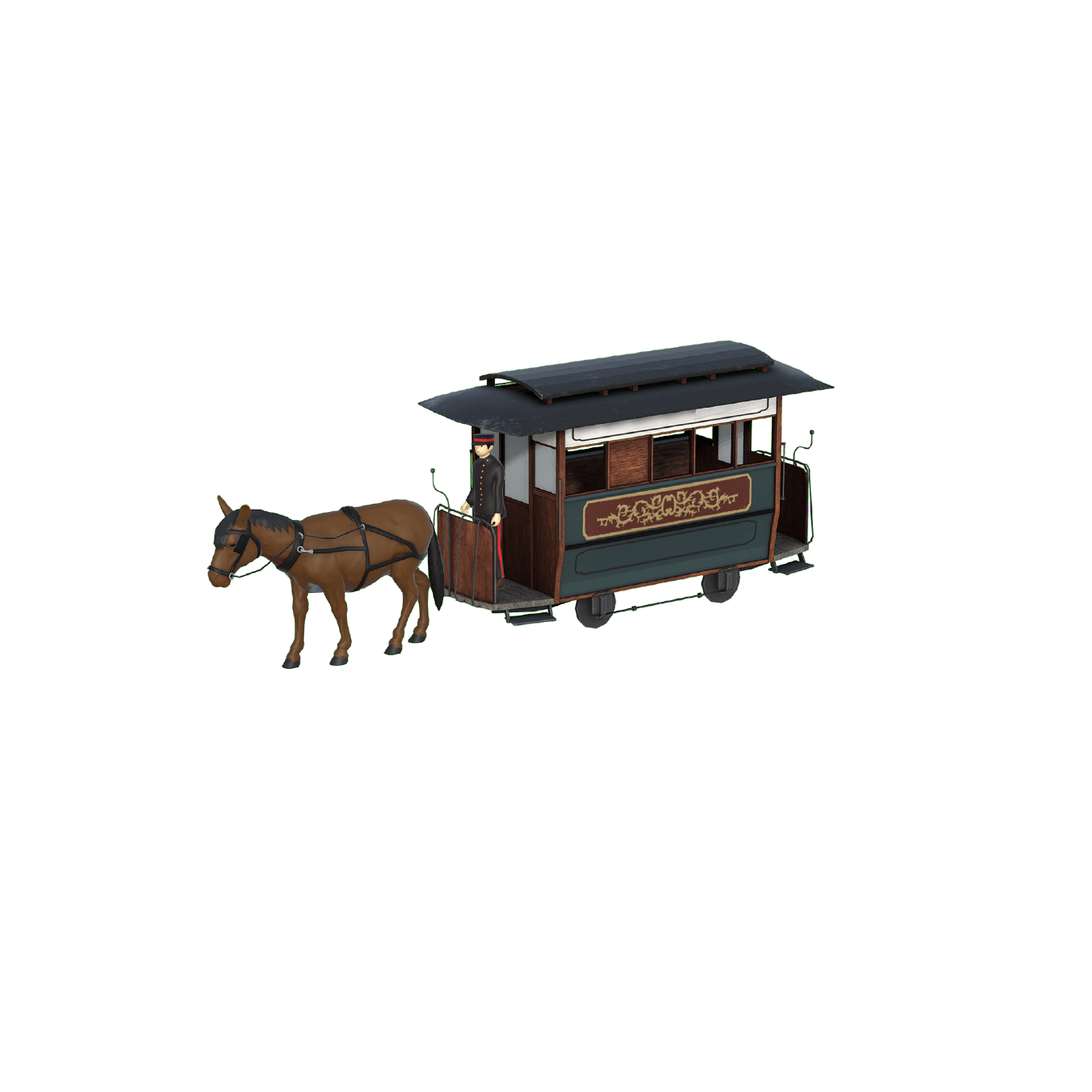
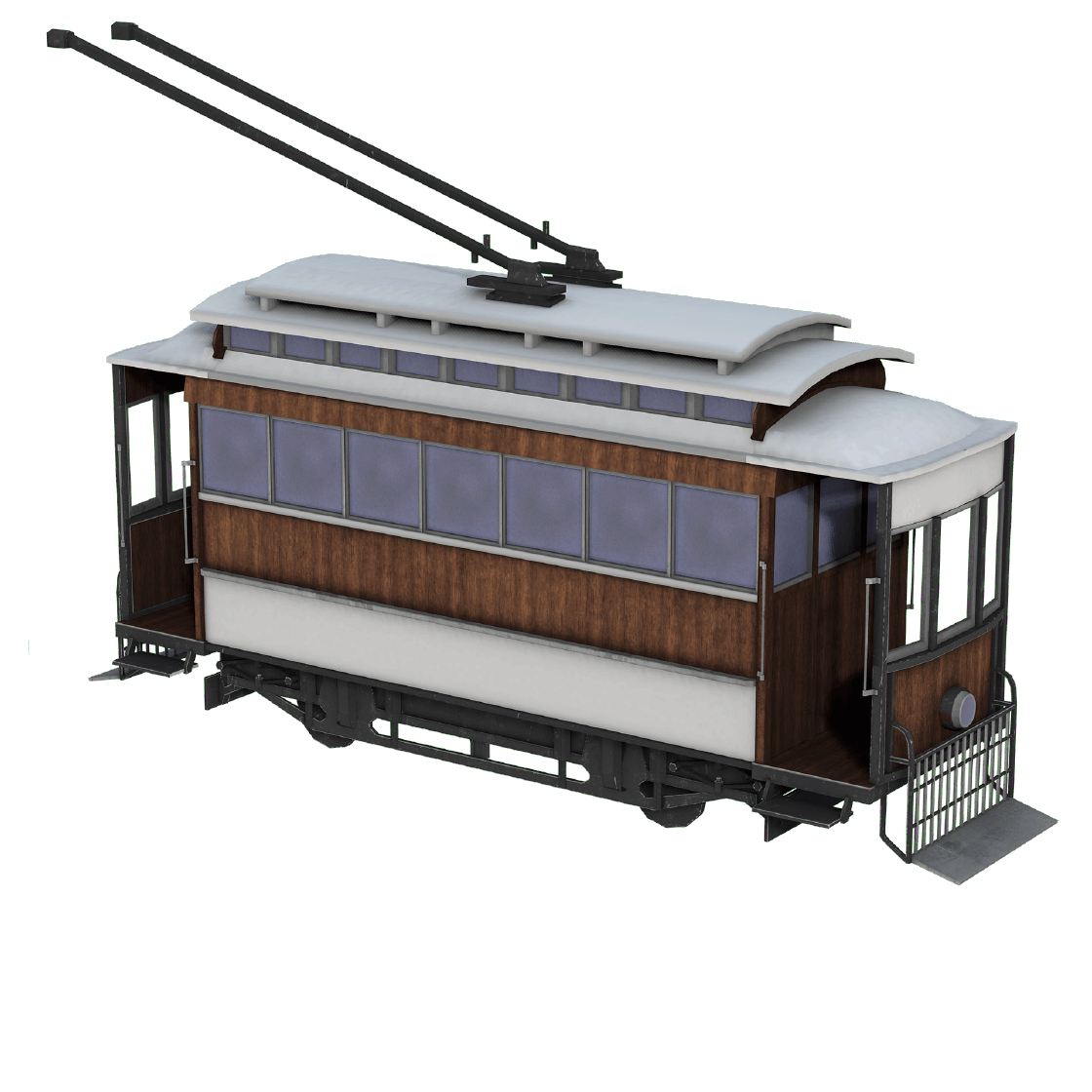
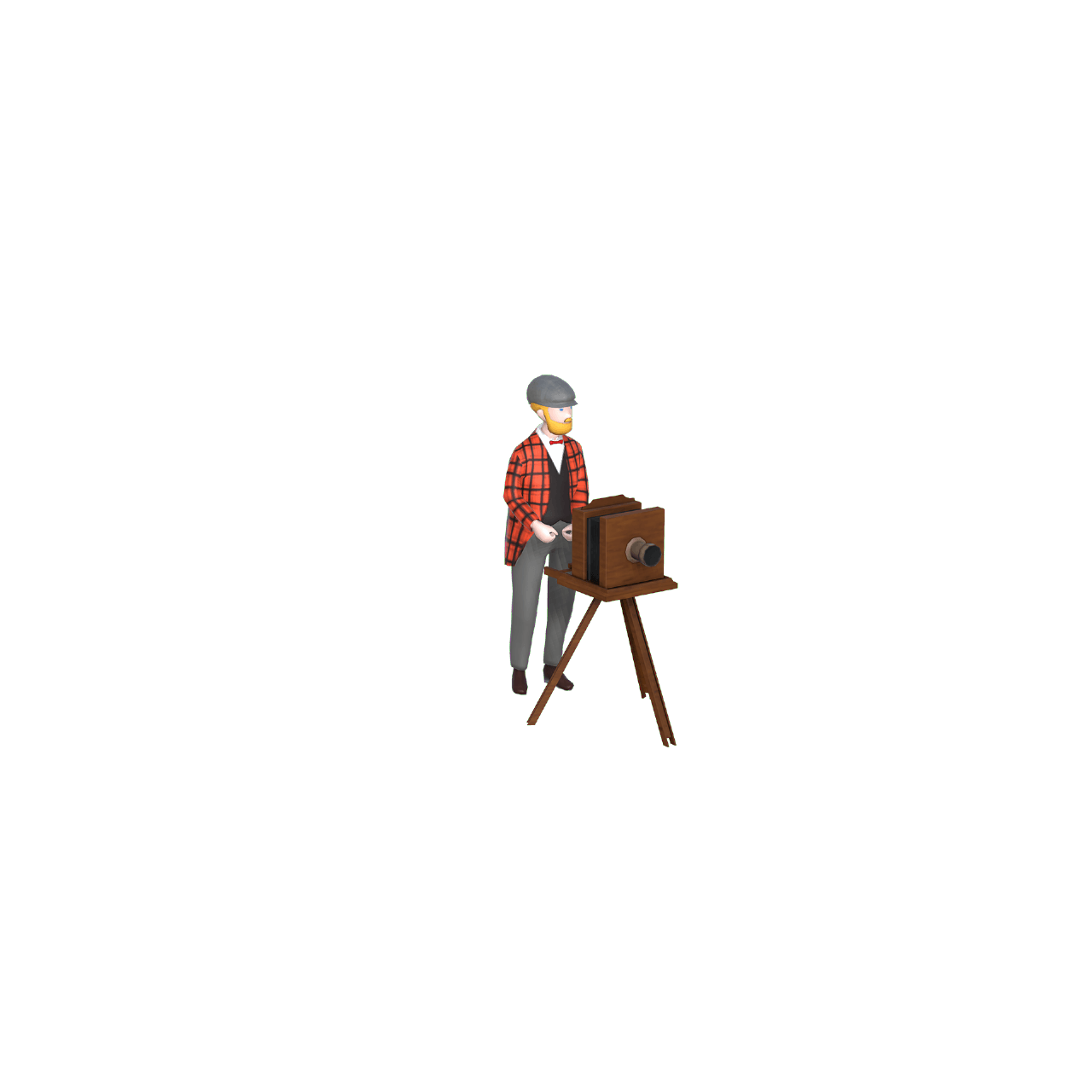


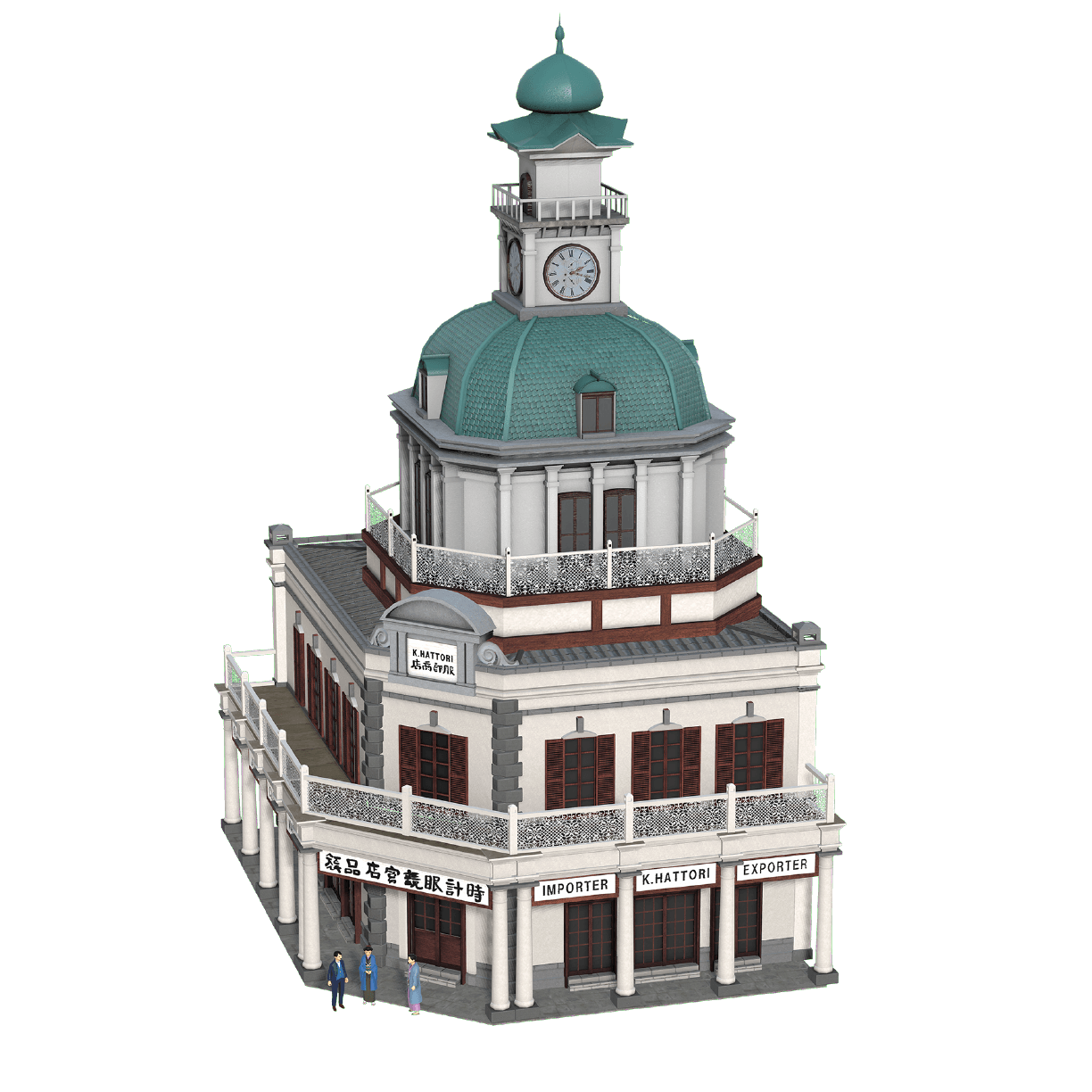


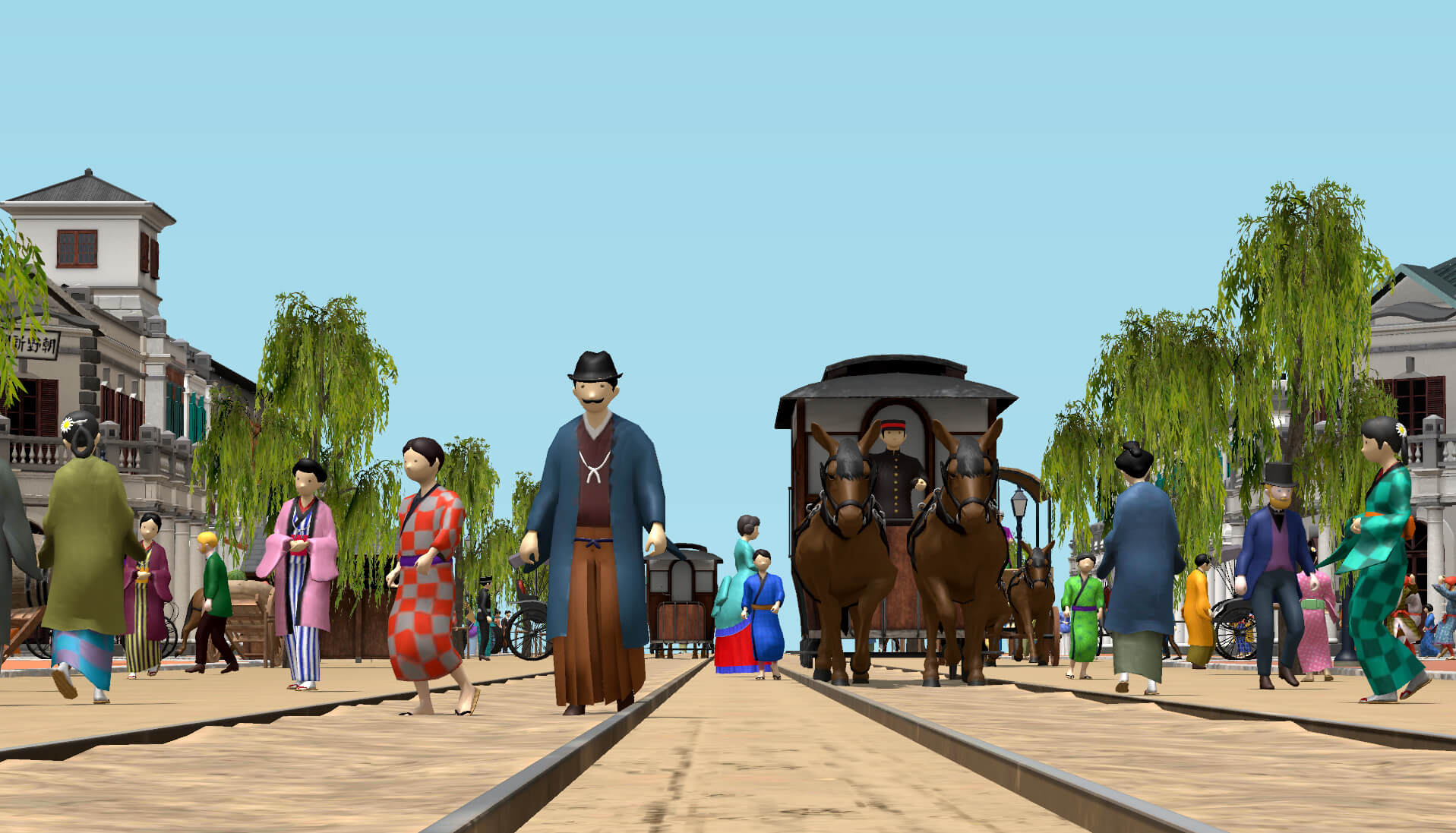
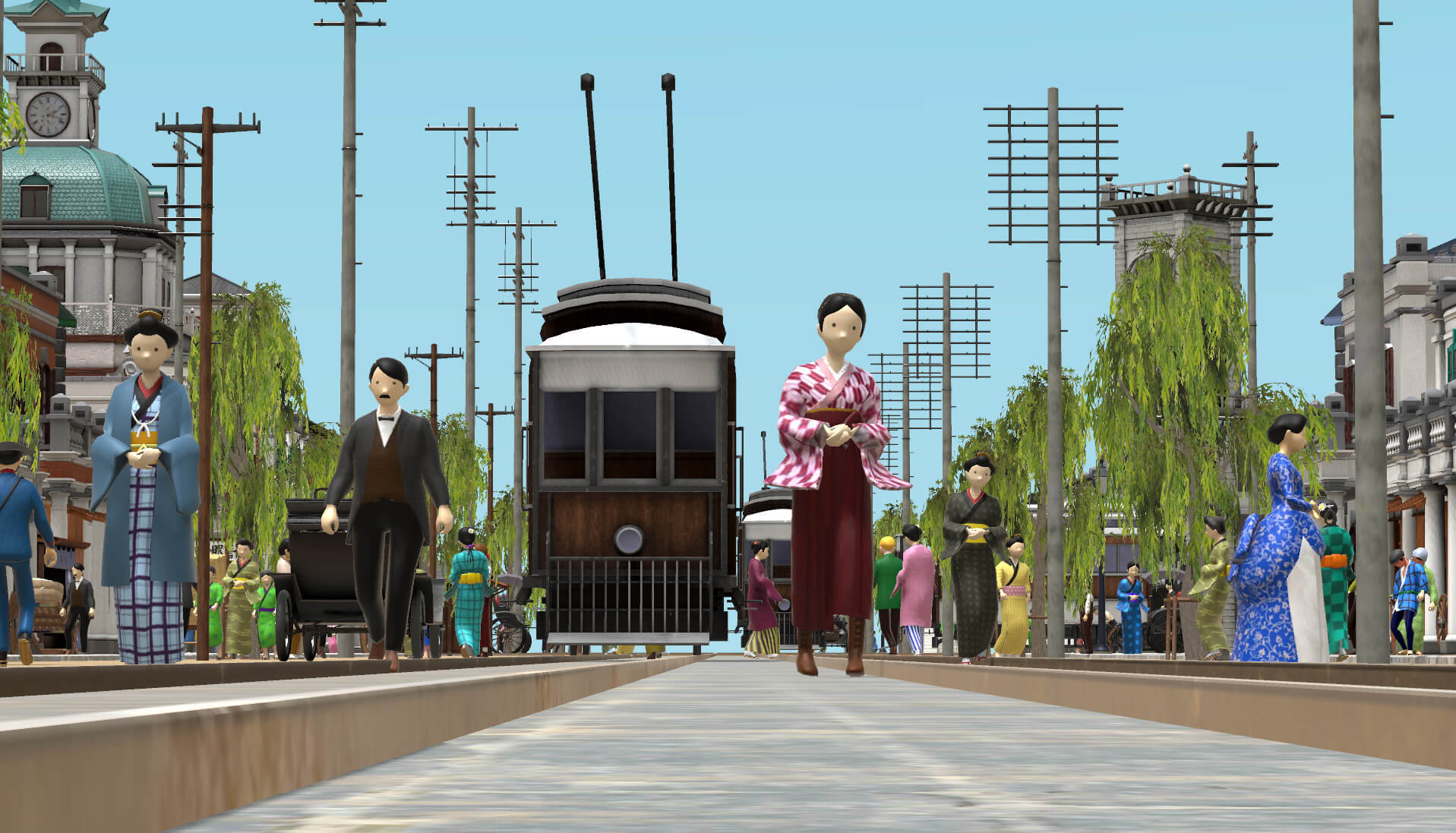

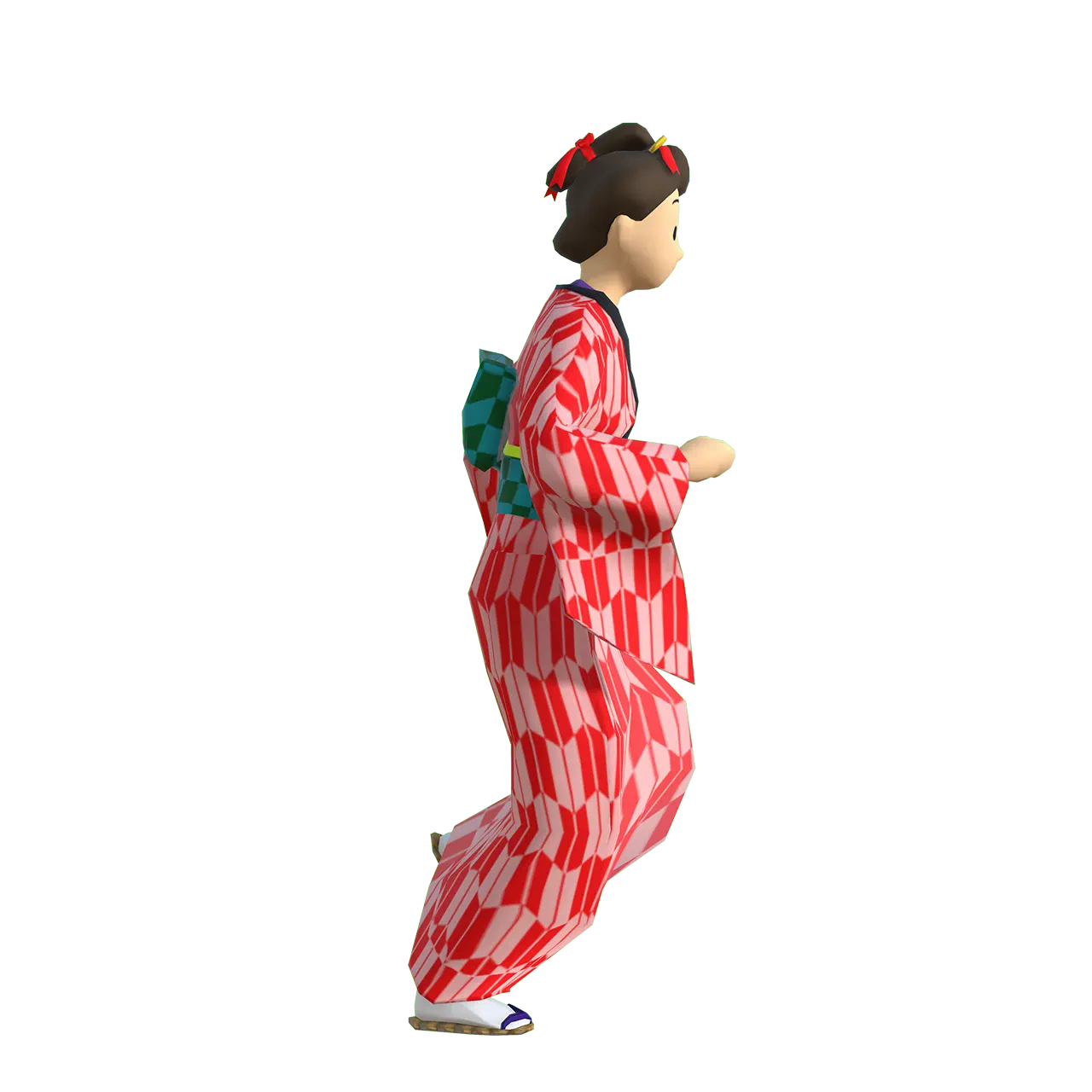


Time-Travel through
the Meiji Period
Follow the story of Akira and Haru across the 45 years of the Meiji period as they unfolded in the iconic Tokyo neighborhood of Ginza 4-chome.

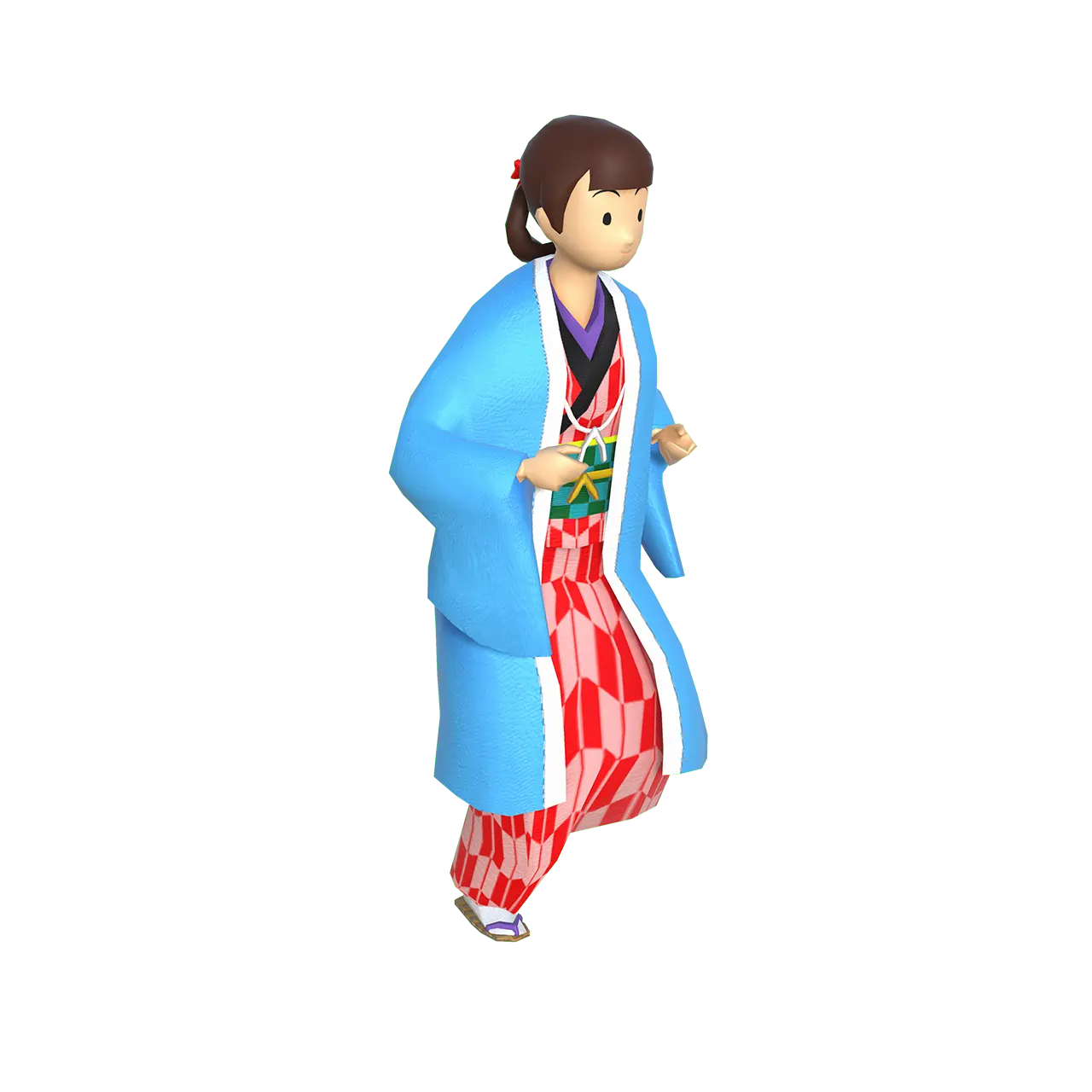
1. ca. 1868
After over 260 years, the period of rule by the shoguns has finally come to a close and the city of Edo is reborn as Tokyo. The new era known as Meiji will usher in rapid modernization and change. At this point, the neighborhood of Ginza still retains signs from the old feudal days.
2. ca. 1877
Following the fire of 1872, Ginza is evolving into a new district more resilient to the conflagrations that have regularly devastated Tokyo across its history. Brick buildings signal the emergence of Western-style architecture in the neighborhood.
3. ca. 1887
Westernization is advancing and people are welcoming the new era that has now well and truly arrived. Ginza sits at the heart of commerce and communication in Tokyo. Akira has started working as a newspaper reporter.
4. 1907
During the final years of Meiji, Ginza has transformed into a wealthy commercial district. The streets bustle with shoppers and visitors. Akira and Haru are blessed with a daughter who they call, appropriately enough, Gin.

Find 100 Items from the Museum Collection
Ginza encapsulated how the city was then an evolving, exciting blend of the new and the old, of Japanese and Western. Hidden in the cityscape are 100 items, especially selected from the 350,000 in the museum collection! Find 60 items from the museum collection and travel back in time to four different points in modern Tokyo history.
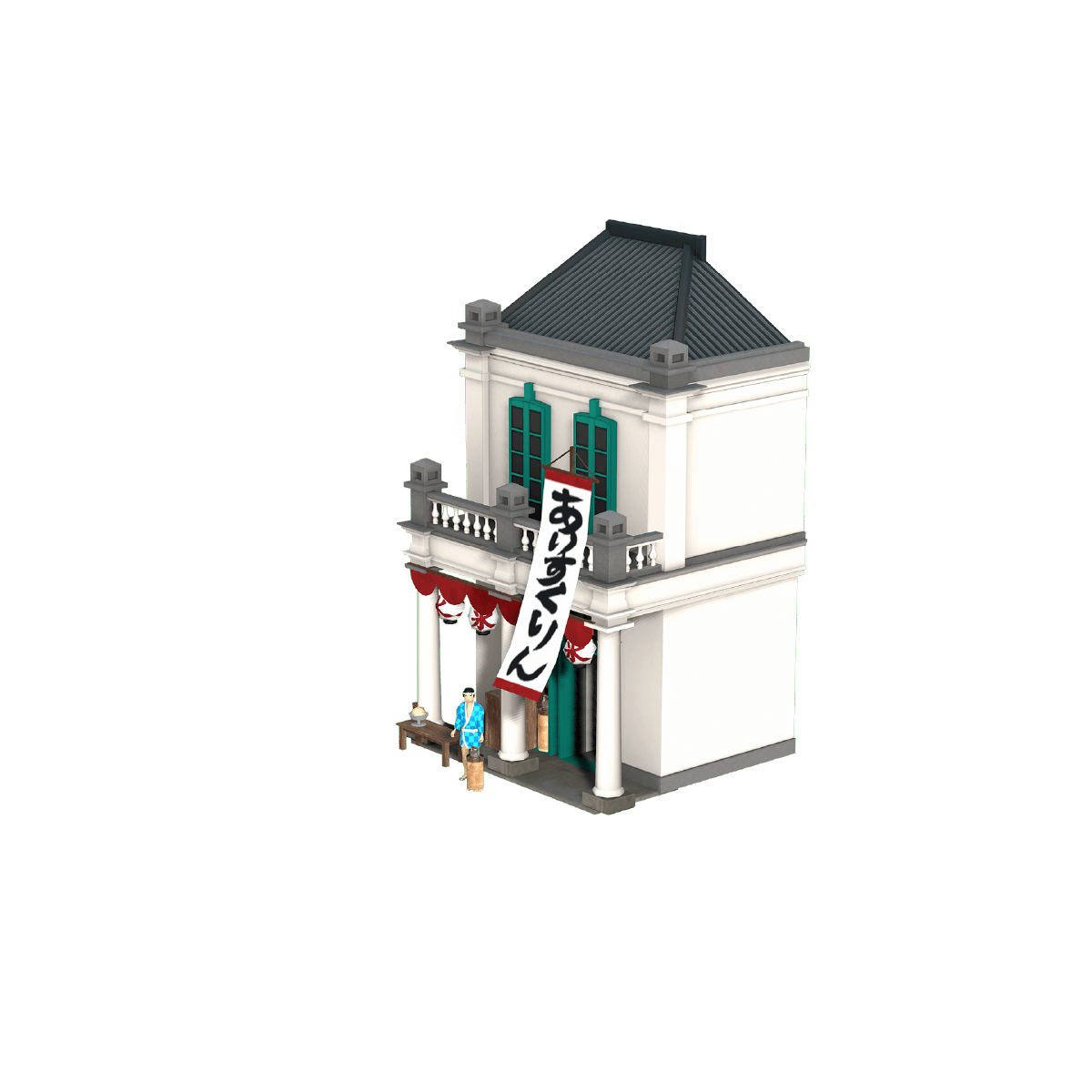
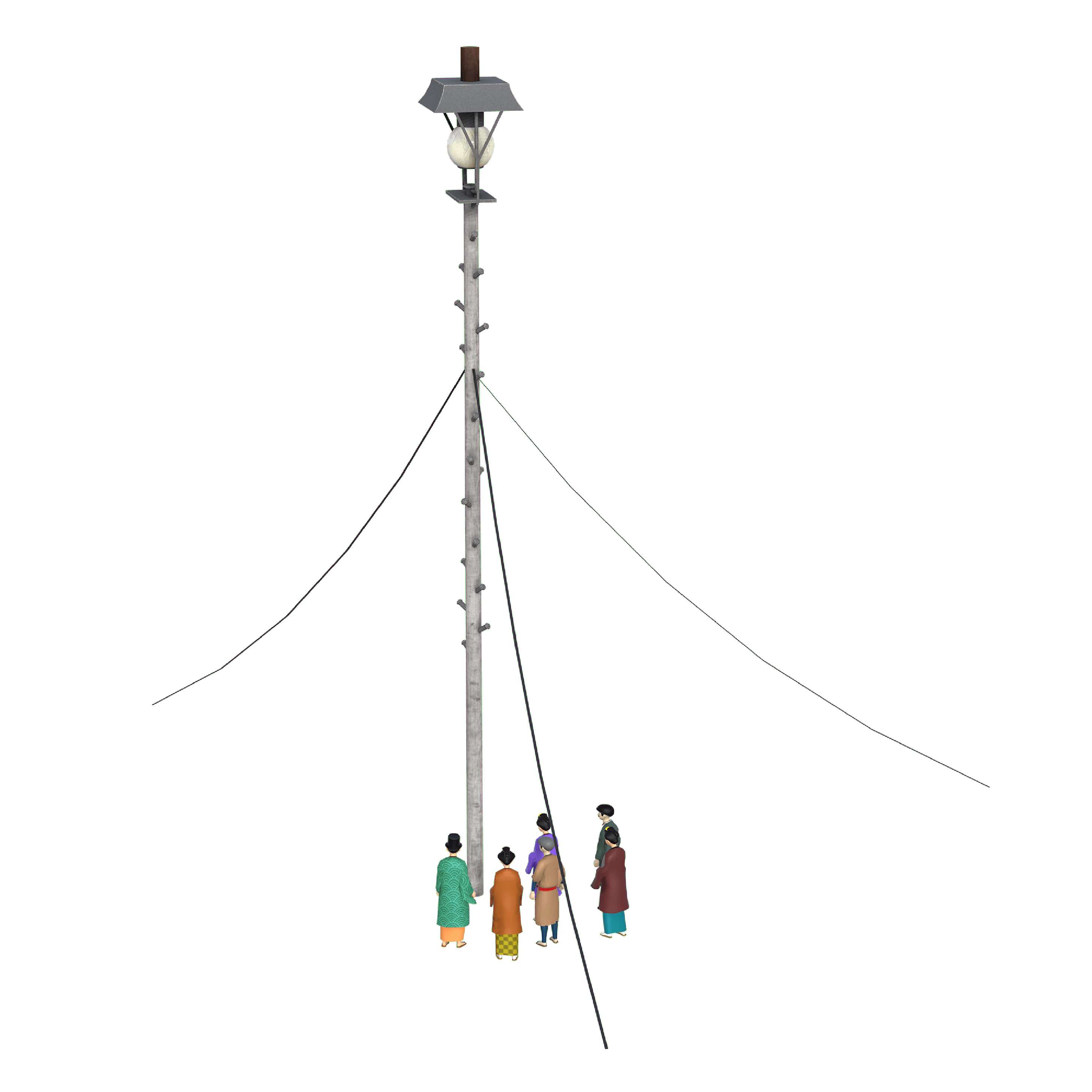


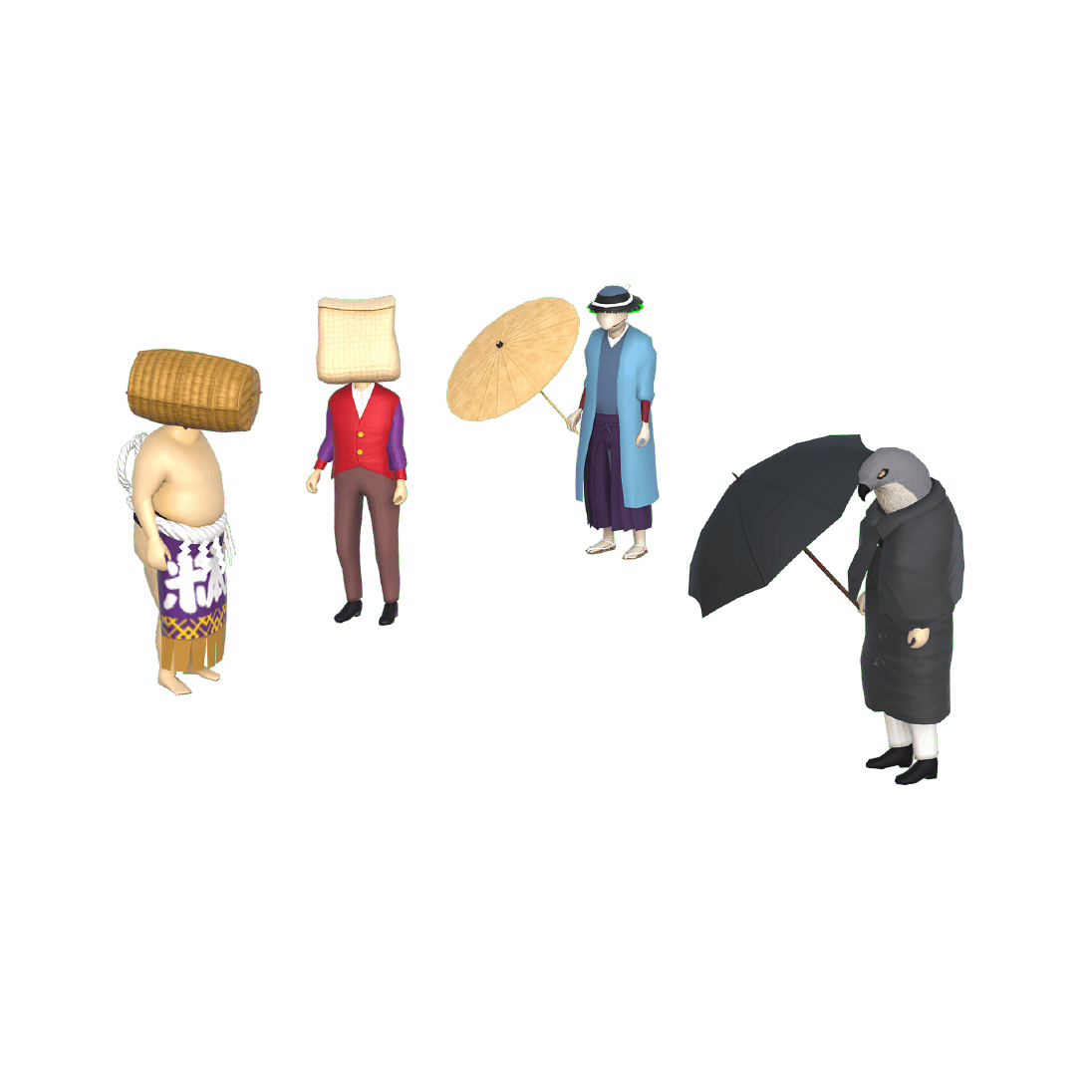
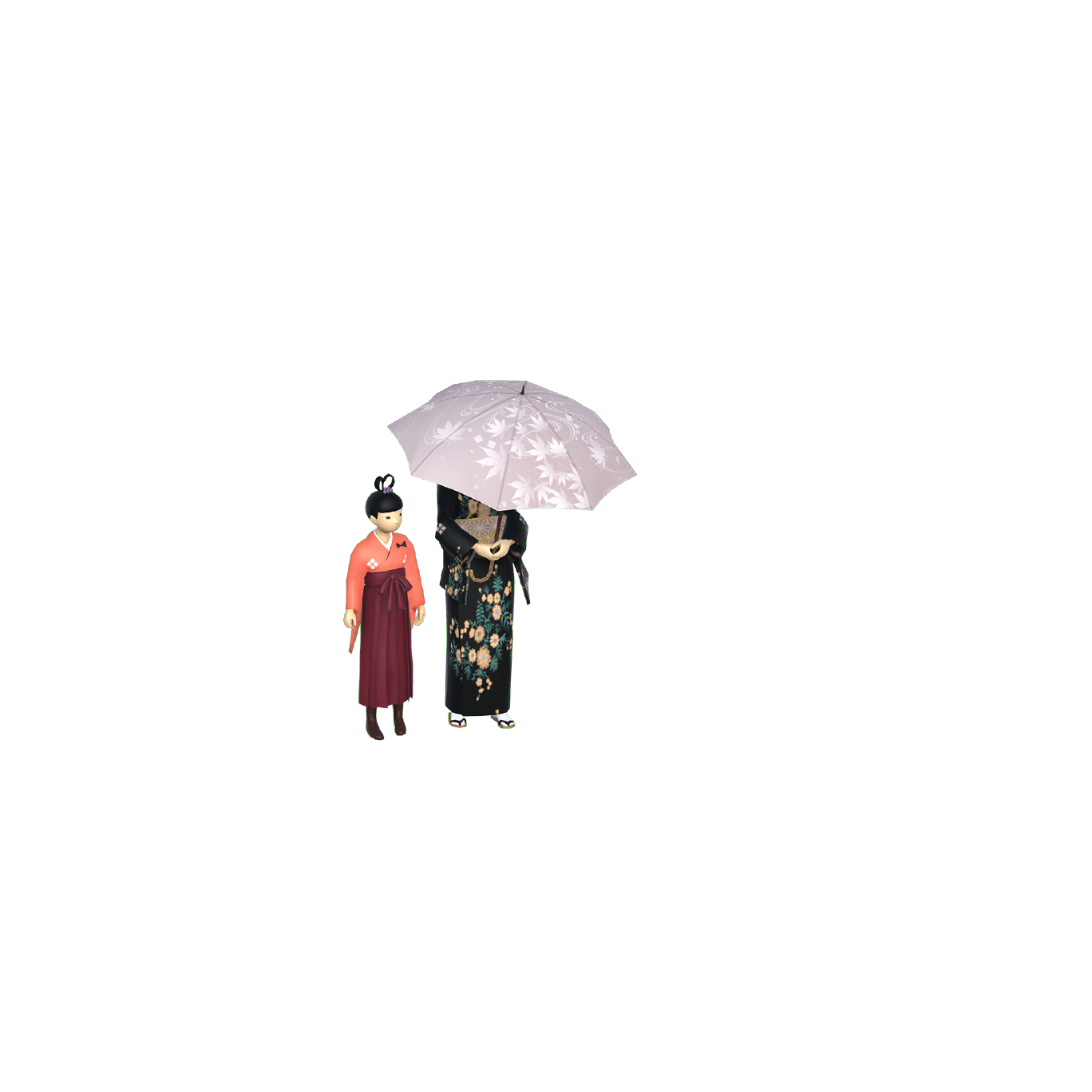

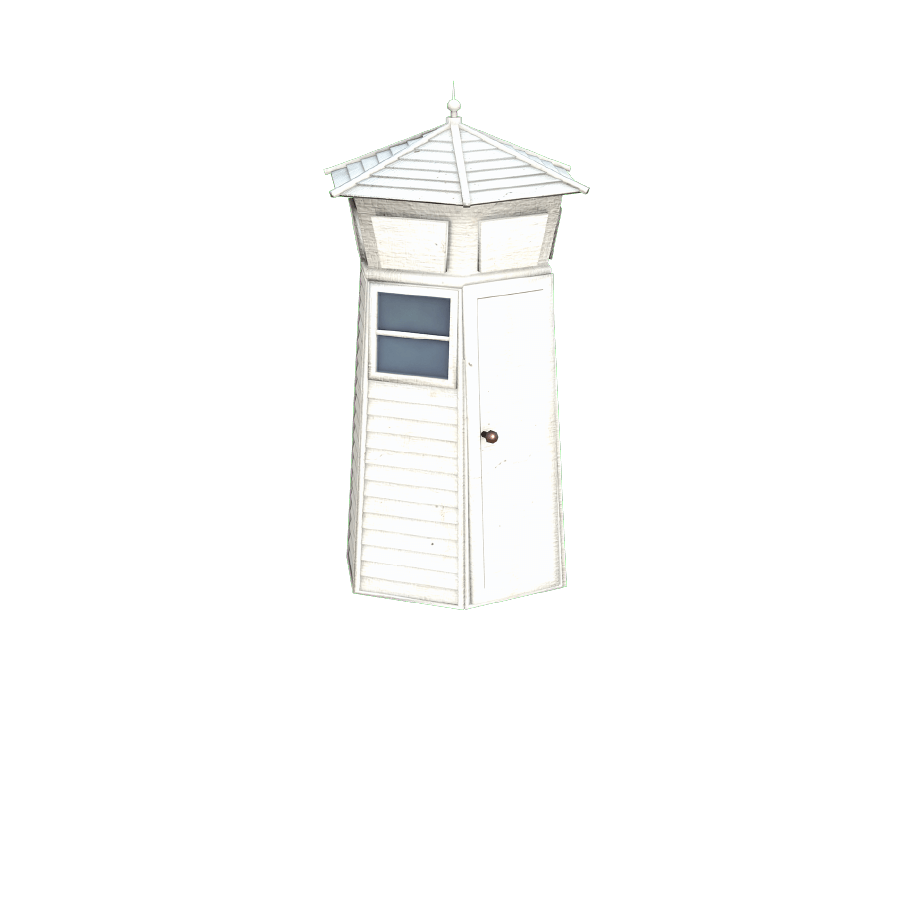

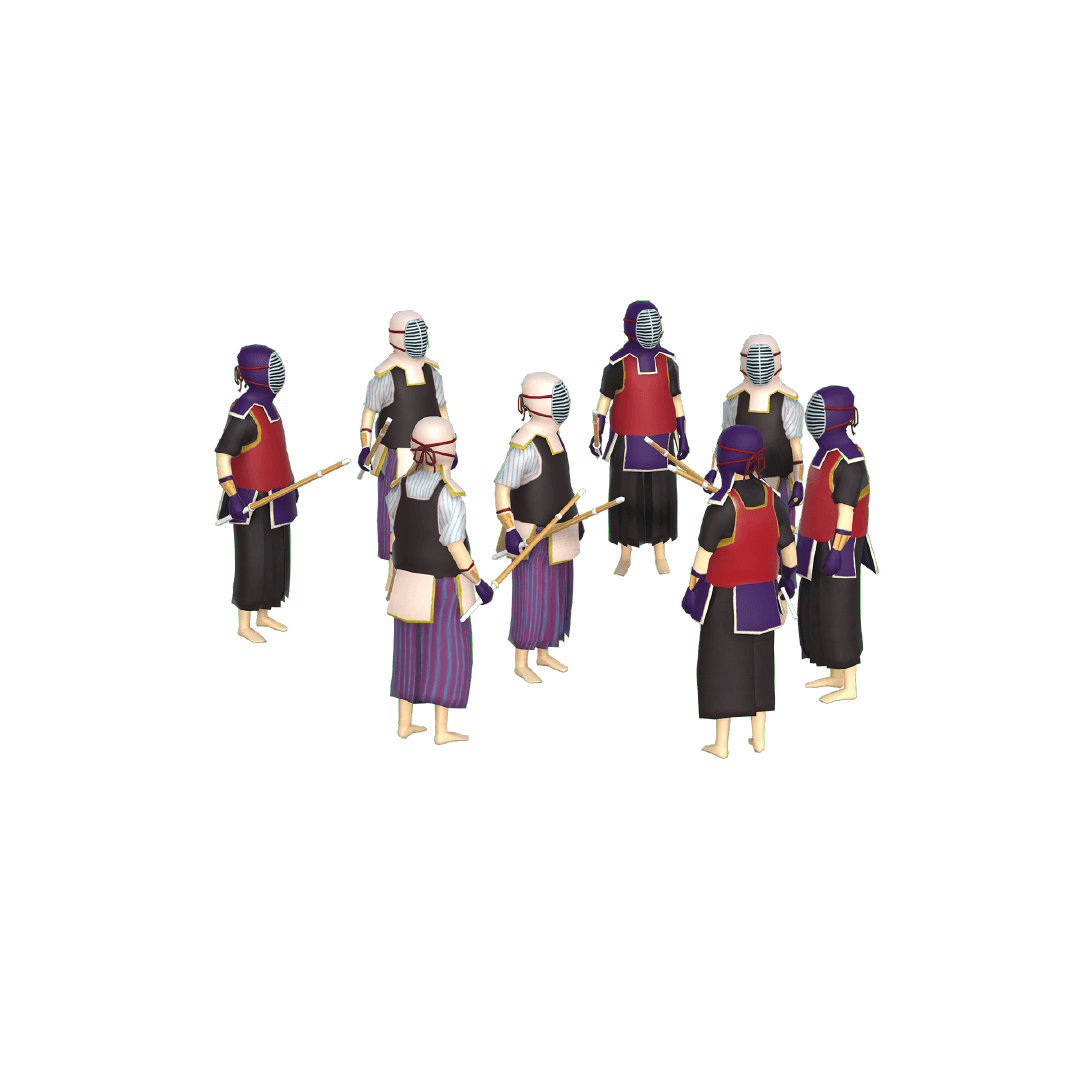
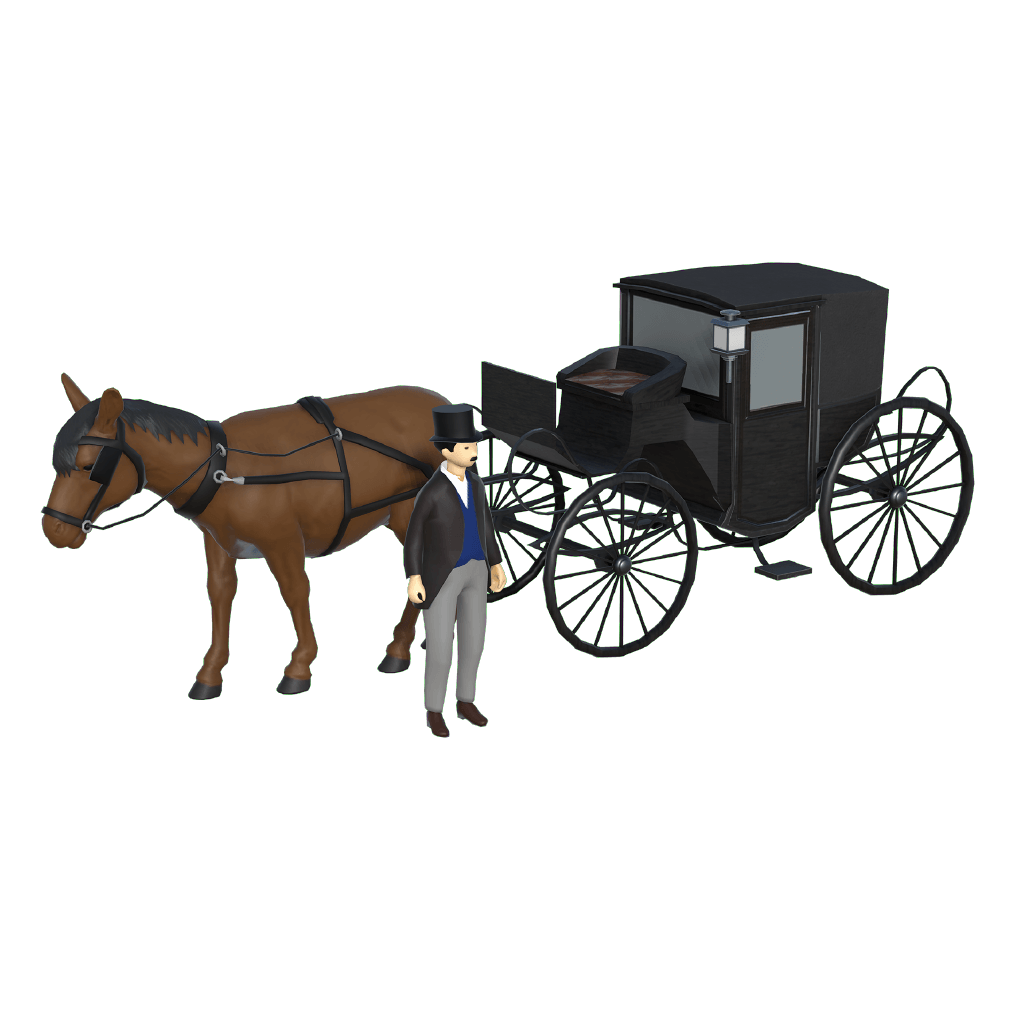


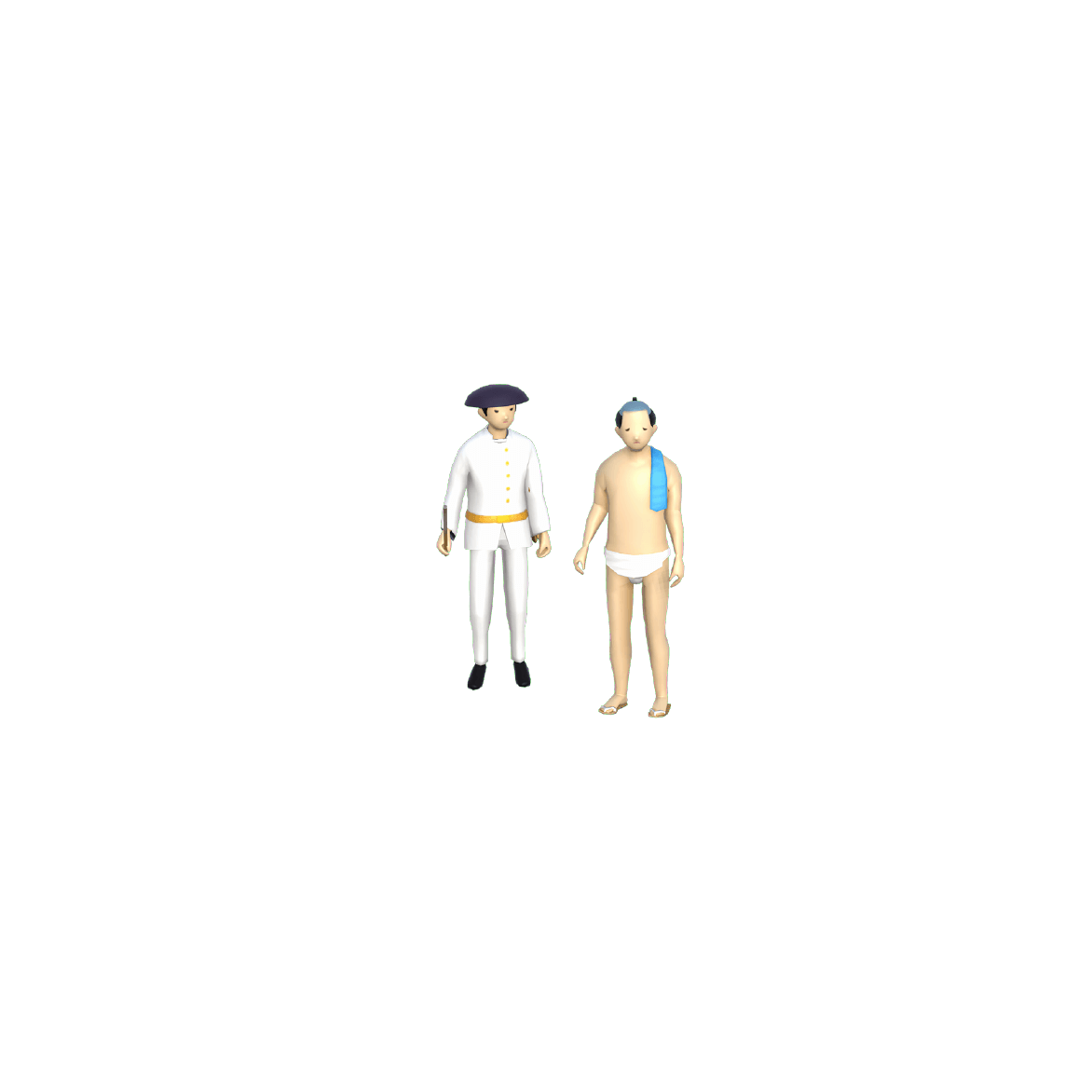
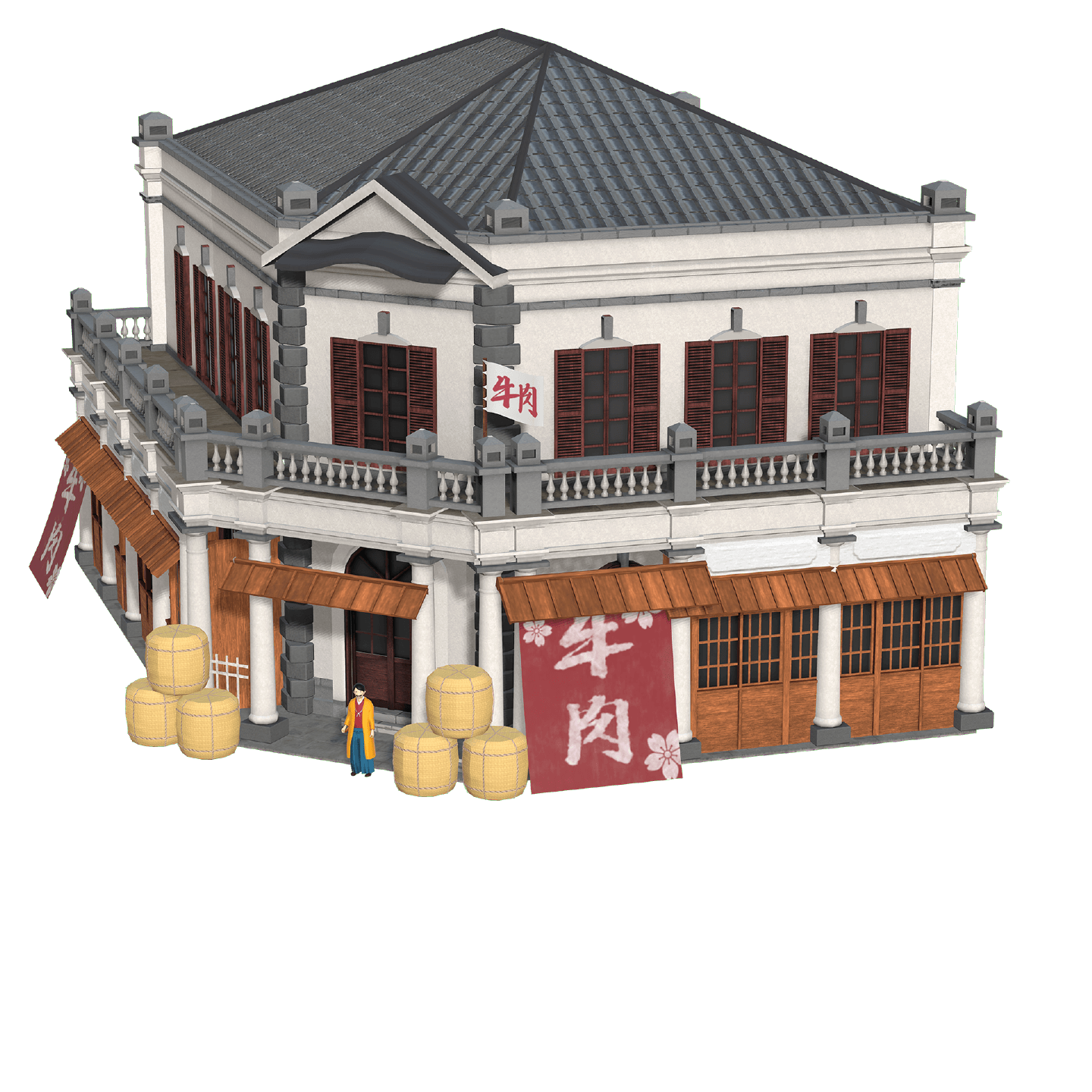

Ginza 4-chome: An Intersection of Past and Present
The tale unfolds around an intersection in the Ginza 4-chome neighborhood of Tokyo. The district, which truly came into its own at this time, is thrillingly recreated in 3D, based on a model of Ginza Bricktown in the Edo-Tokyo Museum collection. See how Tokyo and life for its inhabitants has changed across history, starting from the beginning of the Meiji period, when the city had just emerged from the feudal era and was about to embark upon a time of rapid modernization.

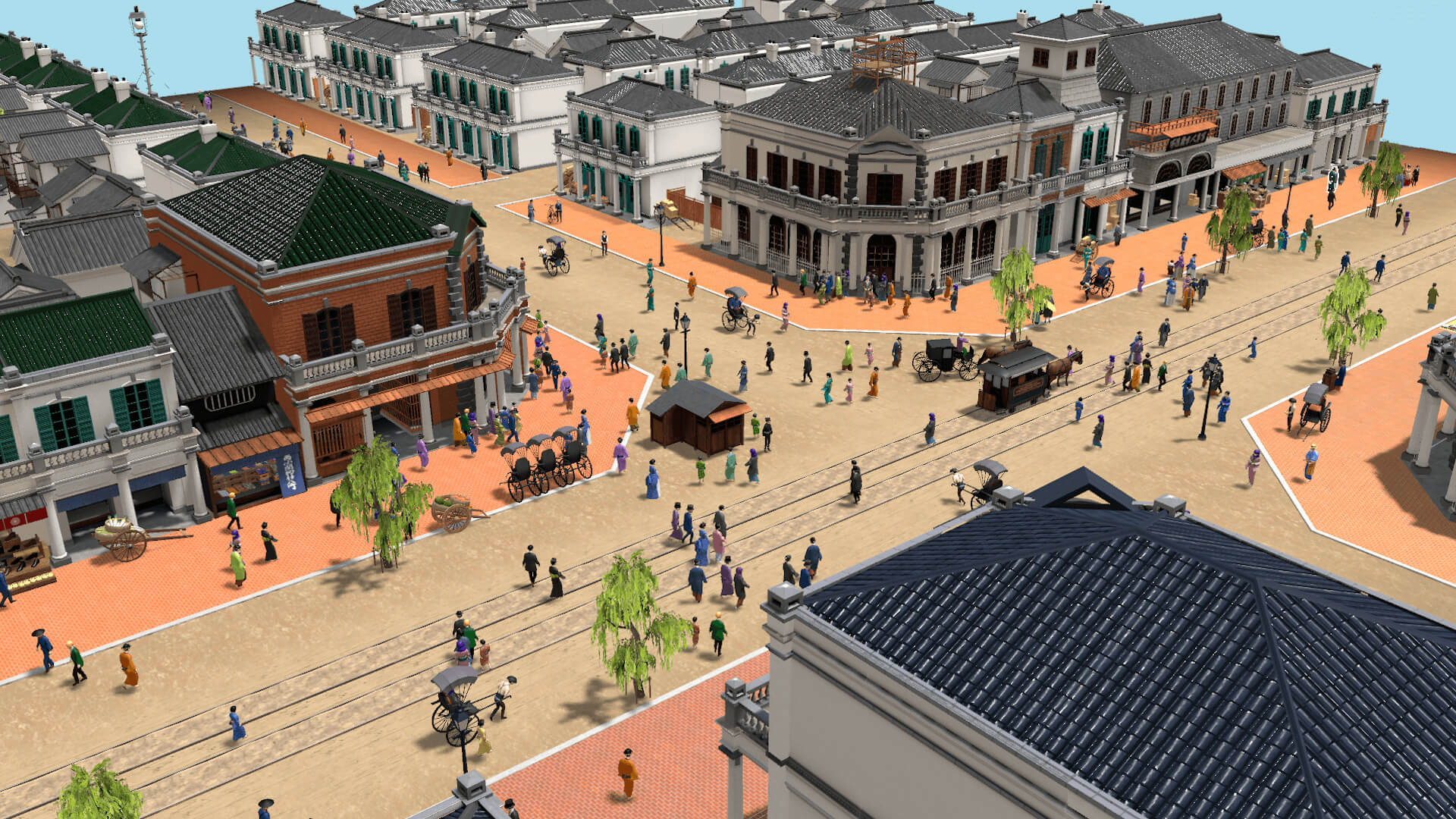
The Ginza you experience in the app matches the size and layout of real-life Ginza almost exactly. Use the app as you walk around Ginza and compare the present-day city with how it looked in the late nineteenth and early twentieth centuries. While many aspects of Tokyo are now unrecognizable, other things remain surprisingly similar. The width of the roads in Ginza, for instance, are still the same as they were during the Meiji period.



What Was New in Meiji?
Many of the things we taken for granted about Japanese life and society are actually quite recent and only arrived during the Meiji period. From red bean jam pastries to electricity and gas, telephones, railroads and cars, and shoes and hats, the new era ushered in a huge number of innovations to daily life. Many of Japan’s most famous writers and cultural figures, like the novelists Natsume Soseki and Nagai Kafu, also appeared at this time.
Food
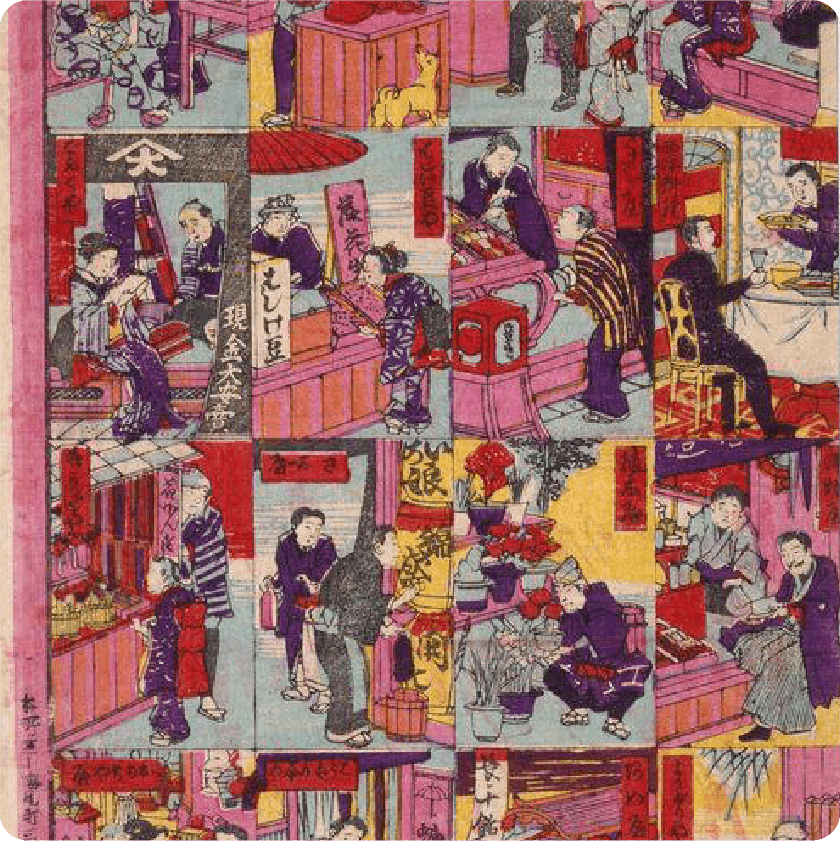
Sweet bean buns
Stores that made bread for foreign residents appeared from the end of the Edo period to the Meiji era, and the spread of Western food increased the opportunities for Japanese people to eat bread. In 1874, Kimuraya in Ginza launched anpan (sweet bean buns), which became very popular, and sweet buns took root among the general public.
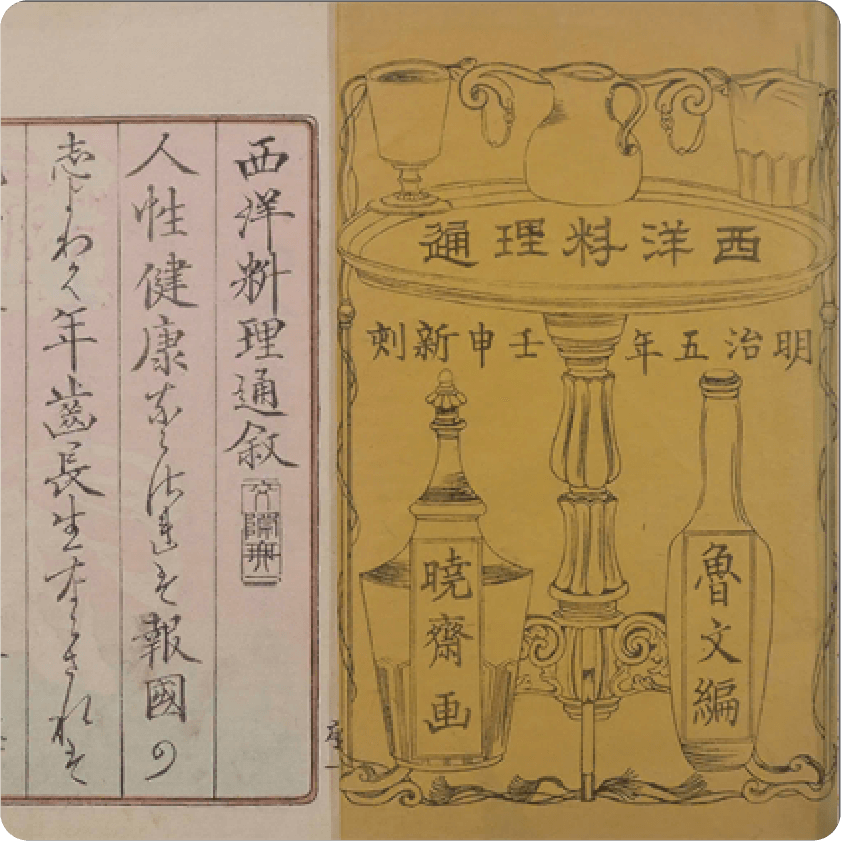
Curry
The first Western cookbook. It was compiled by the caricaturist Kanagaki Robun based on a handbook of an Englishmen living in Yokohama who hired Japanese cooks to prepare their meals. The book contains 110 entries in two volumes, from recipes to cooking times for each ingredient. It is also famous as the first book that introduced curry.
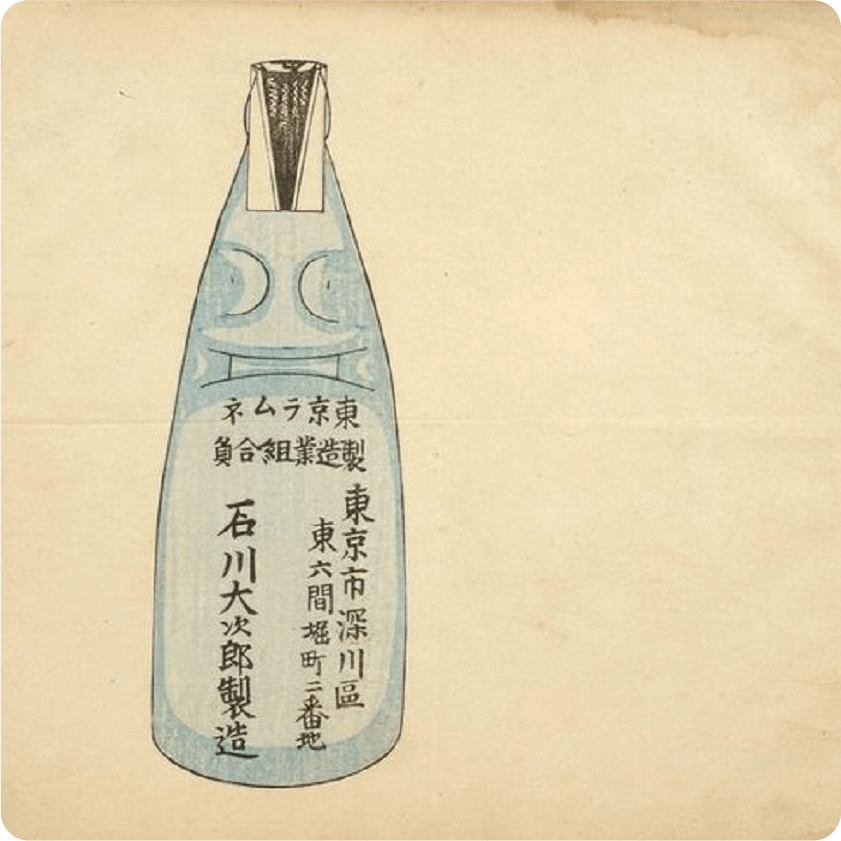
Ramune
Carbonated lemonade, which was introduced to Japan at the end of the Edo period, was called "Ramune", a transliteration of the original word, and began to be sold in Japan in the Meiji era. During the cholera epidemic of 1904, rumors spread that drinking carbonated beverages would prevent infection, and people rushed to buy "Ramune".
Transport

Noriai basha
Noriai basha, or shared stagecoaches, began operating in 1869 on a route between the foreign settlements of Tsukiji and Yokohama. Like today's commuter buses, they carried a large number of passengers on a fixed route and back. In 1874, Senriken, depicted here, opened a route from Asakusa to Shinbashi.
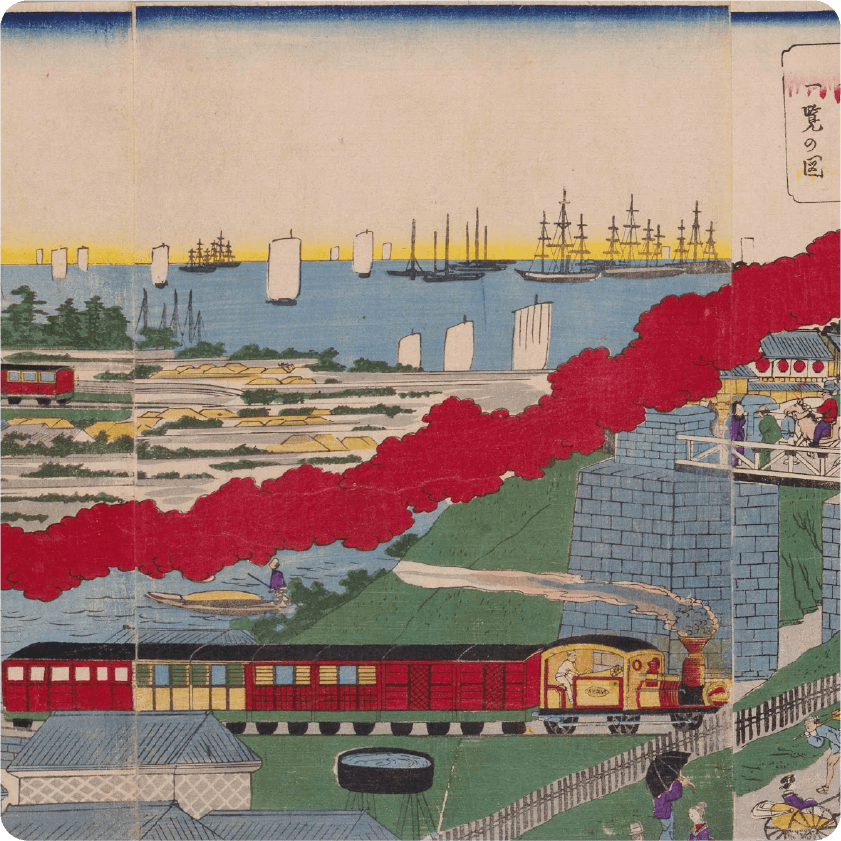
Railroad line
Japan's first railroad line was officially opened in 1872 between Shinbashi and Yokohama. At the time of its opening, there were nine round trips per day, connecting the entire 29-km section of the line in 53 minutes. The scenery was often depicted in nishiki-e woodblock prints because of its rarity.

The Ford Model
It is said that automobiles were first introduced to Japan around 1896, and automobile dealerships opened in Ginza as early as 1902. In 1907, laws concerning automobiles were enacted, and the system of licenses and license plates began. The Ford Model T was a popular model sold by Ford Motor Company from 1908.
Culture
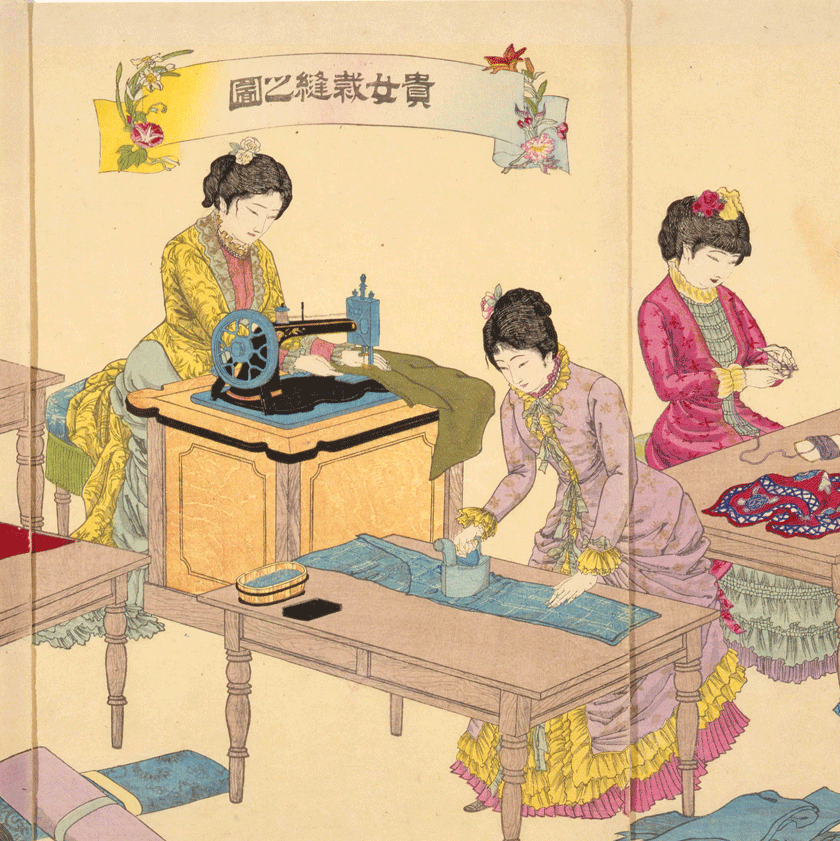
Western-style clothing
Only few men were wearing Western-style clothing in the mid-Meiji period; however, clothing became increasingly Westernized as Western-style clothing was designated as military, school, and police uniforms and formal ceremonial attire. This nishiki-e print, which depicts men's occupations and typical attire of the time.
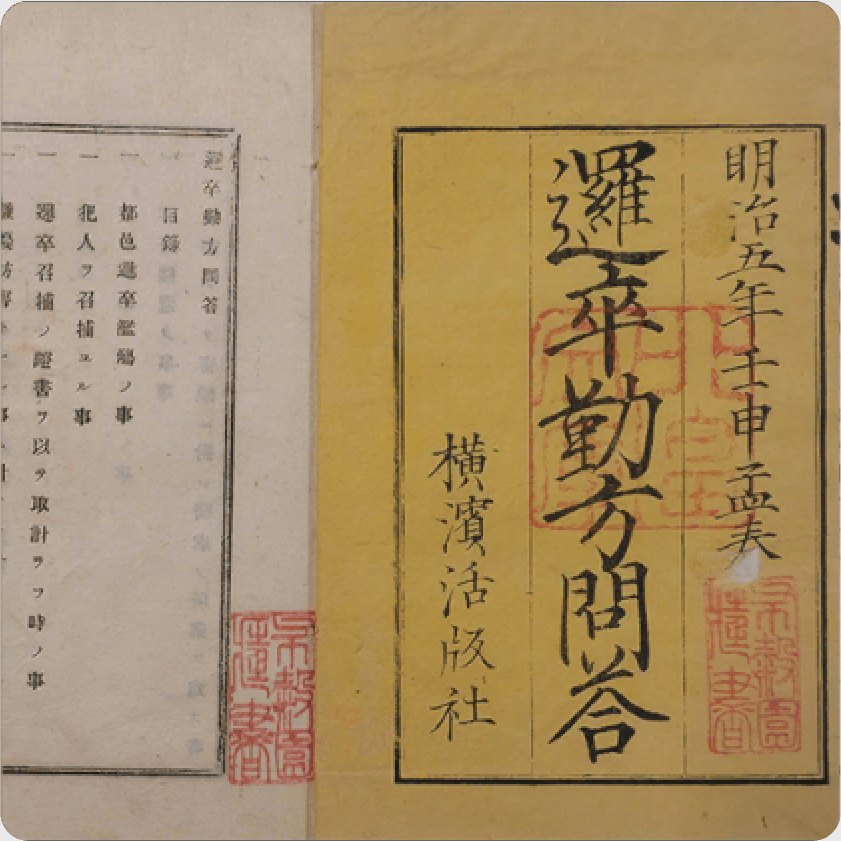
Patrolman
The system of maintaining public order, which had been under the auspices of the samurai during the Edo period, collapsed with the Meiji Restoration. Servicemen on patrol, known as rasotsu, was established as a profession; the name was later changed to junsa, or "patrolman," leading to the modern police system.
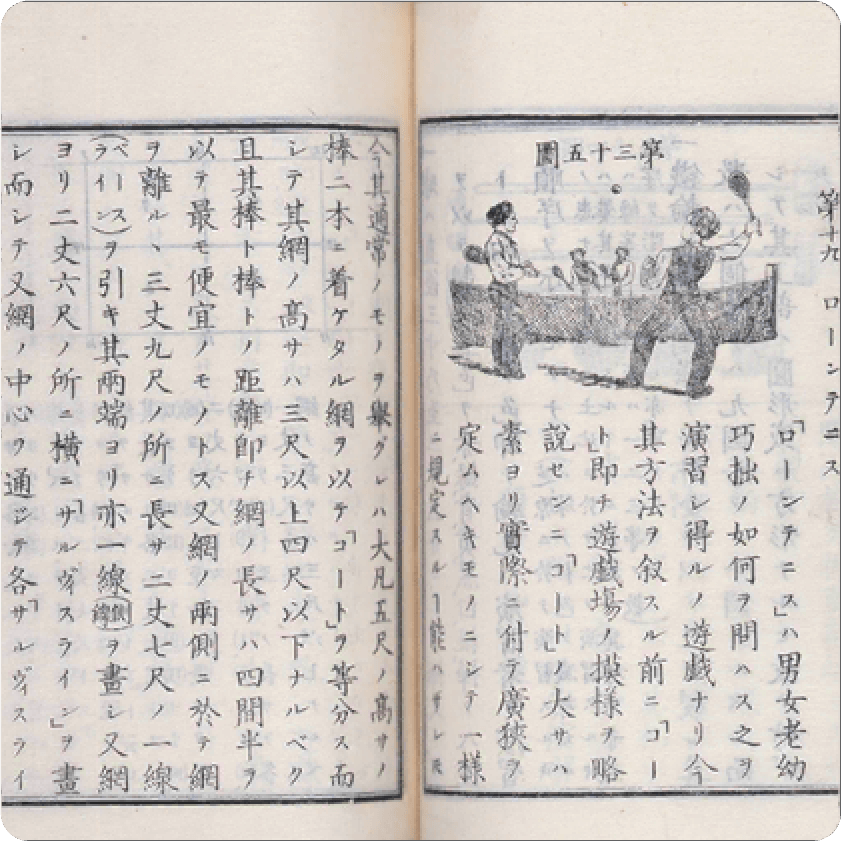
体育
Tsuboi Gendō, who is considered the first Japanese P.E. teacher, published this book with his colleagues to teach physical education. The book introduced sports such as baseball, football (soccer), and tennis, with rules rearranged for the Japanese, and was a catalyst for the introduction of sports into school curriculum.
Famous Literary Figures
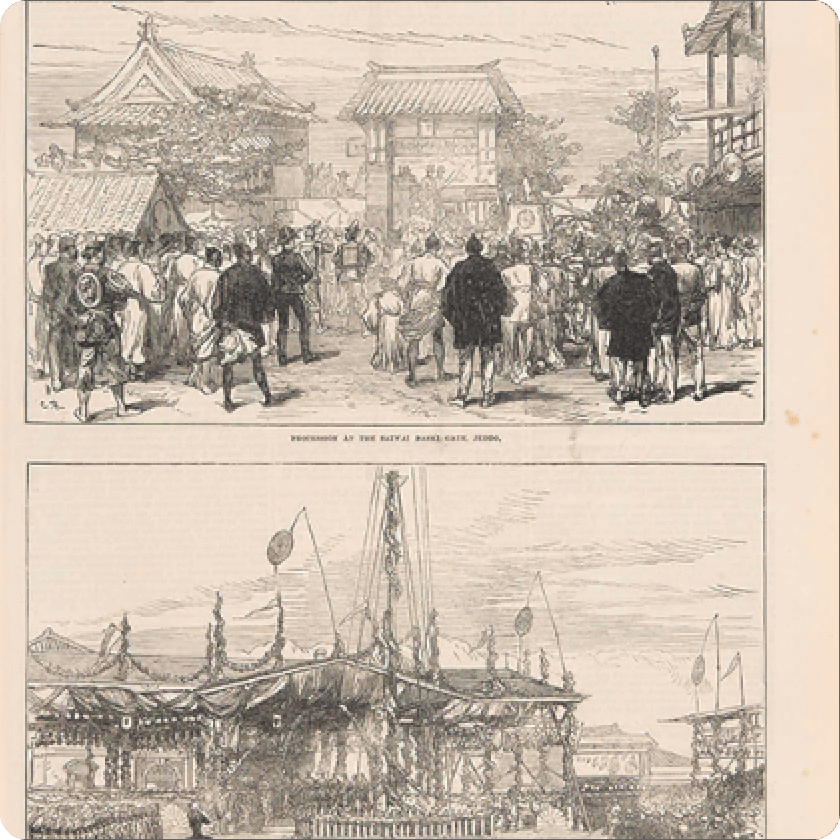
Charles Wirgman
Englishman Charles Wirgman came to Japan at the end of the Edo period as a reporter and illustrator for The Illustrated London News, the world's first newspaper with illustrations. While reporting news about Japan for the paper, he also founded his own magazine, The Japan Punch, aimed at foreigners residing in Japan.
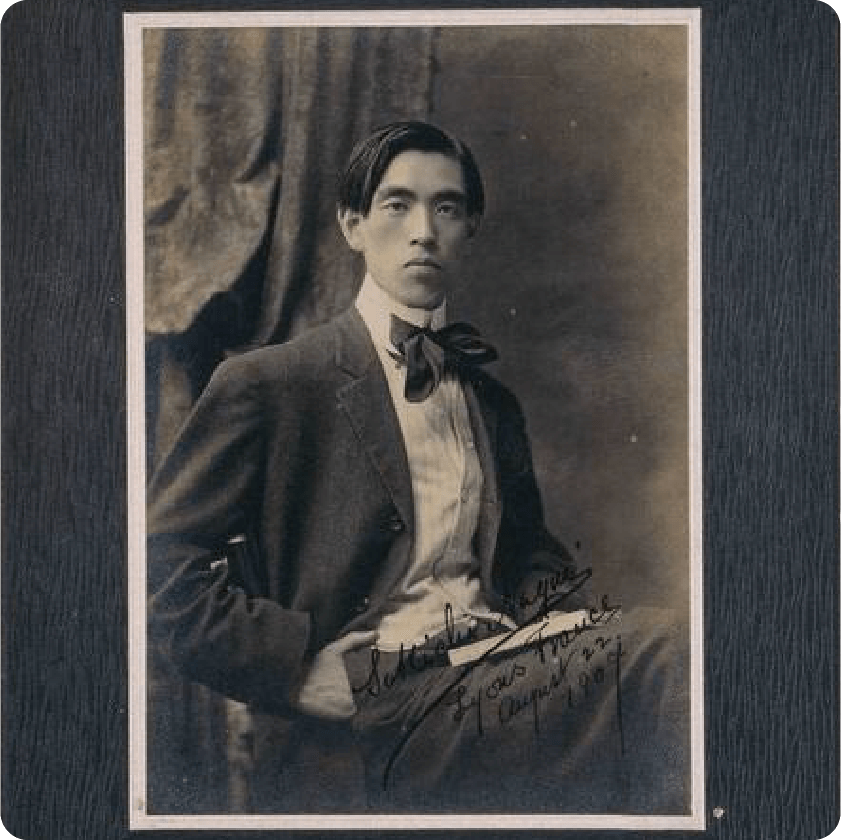
Nagai Kafū
Nagai Kafū was popular for his many novels and essays from the Meiji to Showa eras. After returning to Japan from his overseas trips to the U.S. and France, he frequented Ginza and became an observer of the changes in the district. In an essay written in 1911, he wrote that Ginza "somehow has just about everything new and everything old."

Natsume Sōseki
Natsume Sōseki is a major figure in modern Japanese literature. At the end of the Meiji era, he changed his career from a teacher to a professional writer and produced many masterpieces. Sanshirō is the first of a trilogy following Sorekara and Mon, and vividly depicts the adolescence and growth of a young man who comes to Tokyo from the provinces.
Explore, Find, and Collect
the Origins of Modern Tokyo
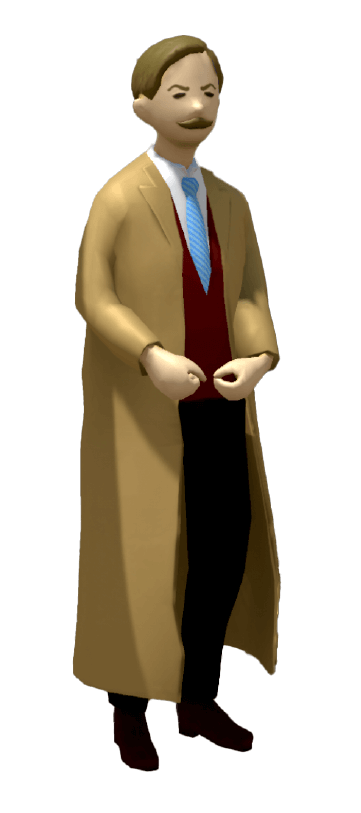
Find
Tap and drag characters around the screen to find the items you seek. Rotate your perspective with the left and right buttons. The pin button allows you a birds-eye view of your and the items’ locations you are looking for.
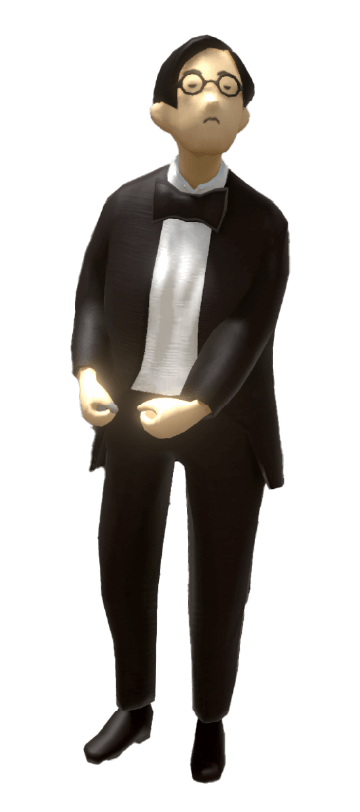
Discover
Tap on the people or items that are outlined in white to collect them. The items you seek are contoured as clues at the bottom of your screen. The direction of the confettis will also help you.
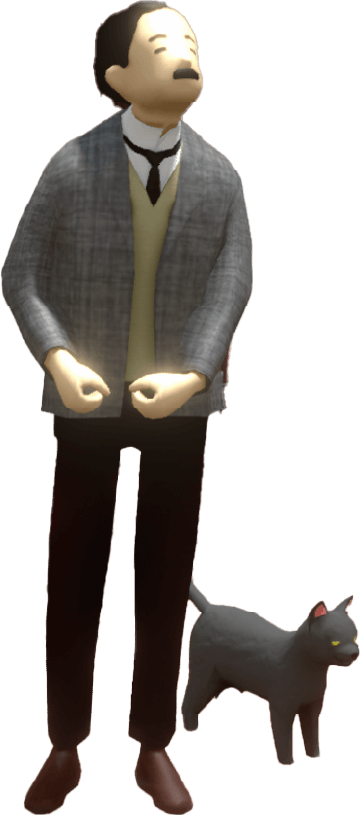
Collect
Items you have discovered will be stored in your collection book. Find and collect all 100 items to complete your collection.


